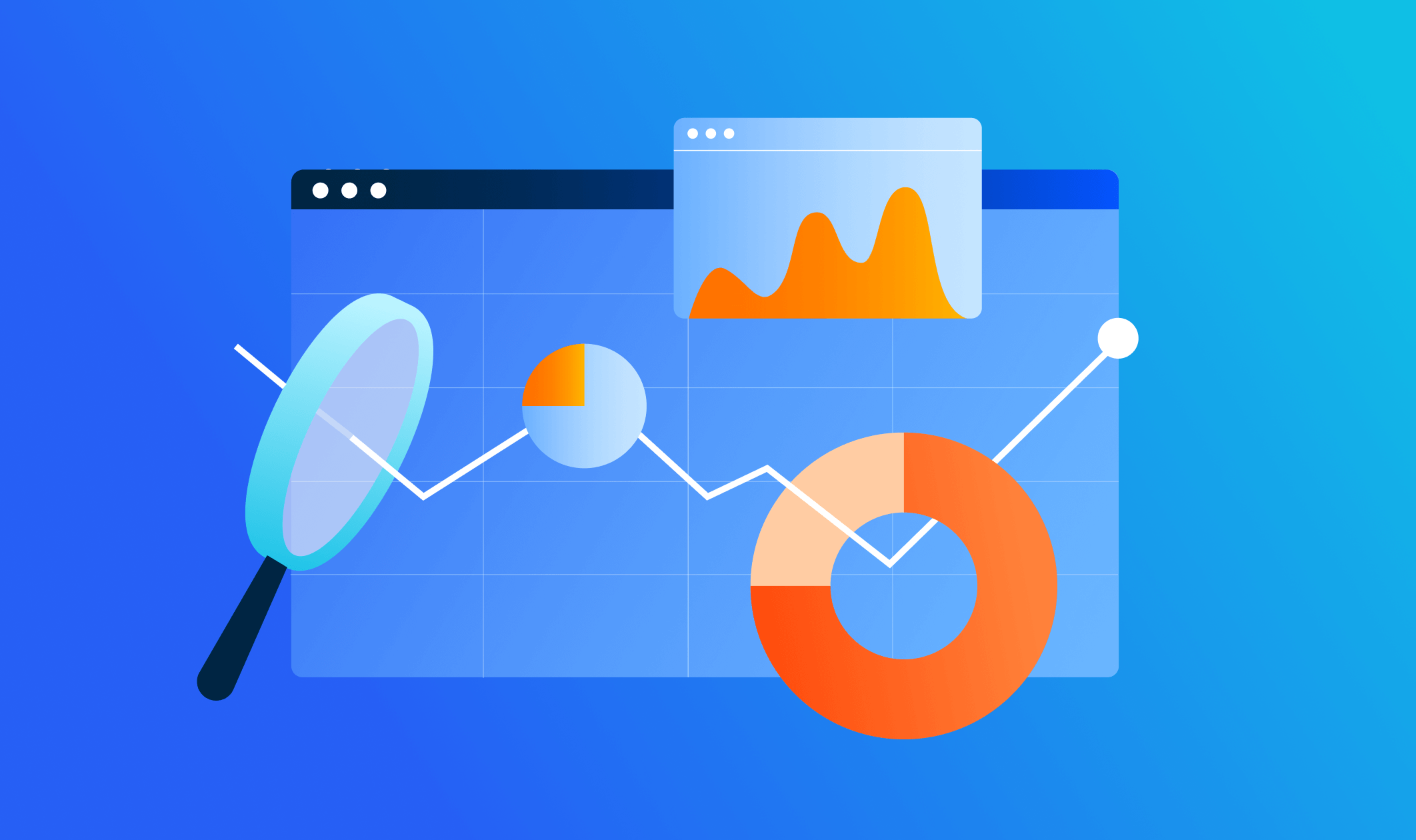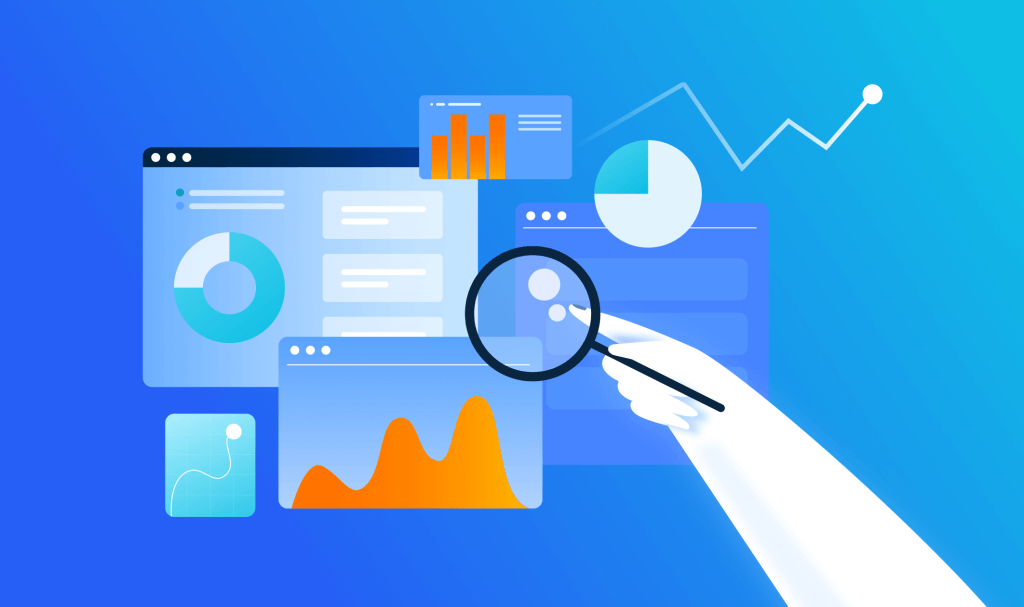Market research is a crucial aspect of any business strategy. It involves collecting and analyzing data to gain insights into market trends, customer behavior, and competitors. By understanding the needs and preferences of consumers, businesses can make informed decisions and develop effective marketing strategies. In this article, we will explore various market research tools and techniques that businesses can use to gather valuable data and gain a competitive edge.
Market Research Tools and Techniques

Market research is a crucial aspect of any business strategy. It involves collecting and analyzing data to gain insights into market trends, customer behavior, and competitors. By understanding the needs and preferences of consumers, businesses can make informed decisions and develop effective marketing strategies. In this article, we will explore various market research tools and techniques that businesses can use to gather valuable data and gain a competitive edge.
1. Introduction to Market Research
Market research is the process of gathering and analyzing information about a specific market or industry. It provides businesses with a comprehensive understanding of their target audience, competitors, and market dynamics. By conducting market research, companies can identify new opportunities, evaluate the demand for their products or services, and assess the viability of their business ideas.
2. Importance of Market Research
Market research plays a vital role in shaping business strategies and decision-making. It helps companies understand consumer behavior, preferences, and expectations. By gaining insights into their target market, businesses can tailor their offerings to meet customer needs effectively. Market research also enables businesses to identify potential gaps in the market, assess competitors’ strengths and weaknesses, and make data-driven decisions.
3. Types of Market Research
Market research can be broadly classified into two types: primary research and secondary research.
a) Primary Research
Primary research involves collecting firsthand data directly from the target market. This data is specific to the research objectives and is gathered through methods such as surveys, interviews, focus groups, and observation. Primary research provides businesses with up-to-date and customized information that is relevant to their specific needs.
b) Secondary Research
Secondary research involves analyzing existing data and information that is already available. This can include data from government reports, industry publications, market studies, and competitor analysis. Secondary research provides a broader perspective on the market and can help businesses identify trends, market size, and key players.
4. Market Research Techniques
There are various techniques used in market research to collect data and gain insights. Some commonly used techniques include:
a) Surveys and Questionnaires
Surveys and questionnaires are popular tools for gathering quantitative data. They involve creating a set of structured questions that can be administered online, through phone interviews, or in person. Surveys help businesses collect data on customer preferences, satisfaction levels, purchasing habits, and demographic information.
b) Interviews
Interviews provide an opportunity for businesses to have in-depth conversations with individuals or groups. This qualitative research technique allows for a deeper understanding of consumer motivations, opinions, and experiences. Interviews can be conducted face-to-face, over the phone, or through online platforms.
c) Focus Groups
Focus groups involve bringing together a small group of individuals who represent the target market. A moderator leads the discussion, and participants share their opinions, perceptions, and ideas. Focus groups are useful for exploring consumer attitudes, preferences, and reactions to new products or marketing campaigns.
d) Observation
Observation involves directly observing and recording consumer behavior in natural settings. This technique is particularly useful in retail environments or during product usage. Observational research provides valuable insights into consumer interactions, purchasing patterns, and decision-making processes.
e) Ethnographic Research
Ethnographic research involves immersing researchers in the target market’s environment to gain a deep understanding of their culture, behavior, and motivations. This technique is commonly used to study consumer behavior in their natural settings, such as homes, workplaces, or communities.
5. Online Market Research Tools

The digital age has brought forth a plethora of market research tools that enable businesses to gather data and analyze consumer behavior online. Some popular online market research tools include:
a) Google Analytics
Google Analytics is a powerful web analytics tool that provides businesses with insights into website traffic, user behavior, and conversions. It allows businesses to track the effectiveness of their online marketing campaigns, identify popular content, and understand user demographics.
b) Keyword Research Tools
Keyword research tools help businesses identify the search terms and phrases that users enter into search engines. These tools assist in optimizing website content, developing targeted advertising campaigns, and understanding the language used by the target audience.
c) Social Media Listening Tools
Social media listening tools monitor and analyze conversations happening on various social media platforms. They provide insights into customer sentiments, preferences, and emerging trends. By understanding social media conversations, businesses can adapt their marketing strategies and engage with their target audience more effectively.
d) Online Surveys and Polls
Online survey platforms enable businesses to create and distribute surveys to their target audience. These surveys help gather quantitative and qualitative data on customer preferences, satisfaction levels, and opinions. Online polls provide quick insights by collecting instant feedback on specific topics or questions.
e) Competitor Analysis Tools
Competitor analysis tools allow businesses to monitor their competitors’ online activities, marketing strategies, and customer engagement. These tools provide insights into competitor keywords, backlinks, social media presence, and ad campaigns. By analyzing competitors’ actions, businesses can identify areas for improvement and stay ahead in the market.
6. Offline Market Research Tools

While online tools have gained significant popularity, offline market research tools remain valuable in certain scenarios. Some offline market research techniques include:
a) Field Trials
Field trials involve testing products or services in real-world settings. It allows businesses to gather feedback, assess product performance, and make necessary adjustments before a full-scale launch. Field trials are particularly useful for testing new products, packaging, or marketing strategies.
b) Mystery Shopping
Mystery shopping involves hiring individuals to act as customers and evaluate the quality of service provided by a business. This technique helps assess customer experience, identify service gaps, and improve overall customer satisfaction.
c) Point-of-Sale Data
Point-of-sale (POS) data refers to the information collected during the transaction process. It includes data on purchase frequency, product preferences, and customer demographics. Analyzing POS data provides businesses with insights into consumer behavior and sales trends.
d) Consumer Panels
Consumer panels consist of a group of individuals who provide feedback and opinions on products, services, or marketing campaigns. Panel members are selected based on specific demographics or target market criteria. Consumer panels offer valuable insights into consumer preferences, perceptions, and opinions.
7. Data Analysis and Reporting
Once data is collected, it needs to be analyzed and interpreted to derive meaningful insights. Some common techniques and tools used for data analysis and reporting include:
a) Quantitative Analysis
Quantitative analysis involves numerical data processing and statistical techniques. This analysis provides businesses with measurable insights, such as market size, consumer demographics, and correlation between variables. Statistical software tools, such as SPSS or Excel, are commonly used for quantitative analysis.
b) Qualitative Analysis
Qualitative analysis involves interpreting non-numerical data, such as interview transcripts, focus group discussions, or open-ended survey responses. This analysis helps uncover themes, patterns, and underlying motivations. Qualitative data analysis often involves techniques like thematic analysis or content analysis.
c) Data Visualization Tools
Data visualization tools help businesses present complex data in a visual format, making it easier to understand and interpret. These tools include charts, graphs, infographics, and dashboards. Data visualization enhances the communication of insights and facilitates data-driven decision-making.
d) Reporting Techniques
Effective reporting is essential to communicate research findings and insights to stakeholders. Well-crafted reports include clear summaries, visual representations of data, and actionable recommendations. Reports can be customized based on the target audience, such as management, marketing teams, or investors.
8. Benefits of Using Market Research Tools and Techniques
Using market research tools and techniques offers several benefits to businesses, including:
- Informed Decision Making: Market research provides valuable insights that help businesses make data-driven decisions. By understanding consumer preferences, market trends, and competitors, businesses can develop effective strategies and stay ahead of the competition.
- Identifying Opportunities: Market research helps businesses identify new opportunities, niches, or untapped markets. By conducting thorough research, businesses can identify gaps in the market and develop innovative products or services to meet consumer needs.
- Reducing Risk: Market research mitigates the risk of launching products or services that may not resonate with the target audience. By testing concepts, gathering feedback, and analyzing data, businesses can make informed decisions that minimize the risk of failure.
- Understanding Consumer Behavior: Market research provides businesses with insights into consumer behavior, motivations, and preferences. This understanding helps in creating targeted marketing campaigns, developing products that meet customer needs, and delivering a better customer experience.
9. Challenges in Market Research
While market research is valuable, it also comes with challenges that businesses need to address:
- Sample Bias: Obtaining a representative sample that accurately reflects the target market can be challenging. Sample bias occurs when the sample does not accurately represent the broader population, leading to skewed or unreliable results.
- Limited Resources: Market research can be resource-intensive, requiring time, money, and expertise. Small businesses or startups may face constraints in allocating resources for comprehensive market research.
- Data Accuracy: Ensuring data accuracy is crucial for reliable insights. Errors in data collection, analysis, or interpretation can lead to incorrect conclusions and ineffective decision-making.
Conclusion
Market research tools and techniques play a vital role in helping businesses understand their target audience, market dynamics, and competition. By leveraging online and offline research methods, businesses can gather valuable data, gain insights, and make informed decisions. The use of market research tools and techniques enables businesses to identify opportunities, reduce risks, and deliver products and services that meet customer needs effectively.
To experience the power of market research firsthand, we encourage you to request a demo from Aim Technologies. With Aim Technologies, you can unlock a suite of advanced market research tools and expert guidance to elevate your business strategies. Request a demo today and discover how Aim Technologies can help you gain a competitive edge.
FAQs
What is the difference between primary and secondary research?
- Primary research involves collecting firsthand data directly from the target market, while secondary research involves analyzing existing data and information that is already available.
How can market research tools help businesses make informed decisions?
- Market research tools provide valuable insights into consumer behavior, market trends, and competitors, enabling businesses to make data-driven decisions based on reliable information.
Are there any free market research tools available?
- Yes, several free market research tools are available, such as Google Analytics, Google Trends, and social media listening tools with limited features.
How can market research tools assist in identifying customer preferences?
- Market research tools help businesses gather data on customer preferences through surveys, interviews, and social media monitoring, providing insights into their preferences, needs, and expectations.
What are the common challenges faced in market research?
- Common challenges in market research include sample bias, limited resources, and ensuring data accuracy throughout the research process.




